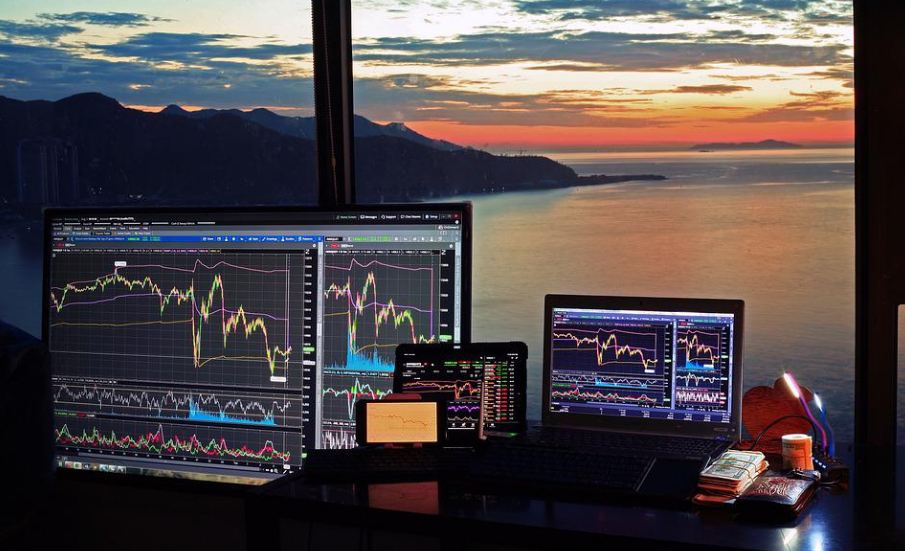COVID-19 has catalyzed work-from-home, which has, in turn, created the perfect grounds for unauthorized moonlighting. Today, IT firms are combating a fresh deluge of employees putting on gig workers’ hats and taking on additional employers despite being salaried and under contract. The majority of the market has a negative view of moonlighting, with only 43% of IT workers being in favor.
Unauthorized moonlighting poses a severe security risk for most IT firms as they deal with critical and sensitive information that could prove highly damaging if leaked. This article will explain how IT companies are cracking down on this practice.
The Provident Fund Method
In the event that an employee is juggling multiple employers and enjoying the benefits of multiple salaries at once, the Provident Fund background check method is used.
Simple background verification of the employee’s PF funds can easily determine if any irregular activity is underway. As a matter of law, businesses with more than 20 employees are required to contribute towards a retirement savings plan for their salaried employees. Provident Fund violations are a serious matter; each fund is linked with an Aadhar account and PAN number for identifying the owners of accounts.
HR teams use the Employees’ Provident Fund Organization portal, which is maintained by the Indian Ministry of Labor and Employment, to contribute to this fund. The portal allows employers to check Provident Fund contributions, and there are systems in place to protect against multiple duplicate transactions. These turn out to be a great help in the detection of multiple, separate contributions.
A PF background verification check is highly reliable and involves a minimal cost to screen moonlighters. How long does a background check take? A few days, at most. However, this method is ineffective for employees that work as freelancers/consultants/ and part-timers because such agreements don’t involve PF contributions. In these cases, companies are forced to get a little creative.
Exhaustive Background Verification
Many existing IT firms use regulatory databases with proprietary algorithms that assess individuals on their level of risk for moonlighting. A simple background check today is capable of much more than it was a decade ago.
These databases include the nature of the employee’s job, the tools they have access to, and their history of employment to find candidates at risk of moonlighting.
A single background check sweeps across common freelancer websites, such as fiverr.com, freelancer.com, elance.com, and more, to track employee behavior trends.
The technology available today can also flag candidates with a suspicious history of employers so that companies can be alerted about potentially problematic candidates.
IT Solutions For IT Problems
When monitoring PF accounts and a background verification failure, companies turn to the simple, time-tested tools they have relied on for decades. IT firms make use of surveillance software to monitor employee actions to check for common signs of moonlighting:
- Flagged billable hours
- Communication delays
- Loss in productivity
Let’s look at these in some depth:
Flagged billable hours
Employees are expected to have stable internet connections and satisfactory hardware to perform their jobs from home. A bad internet connection is not out of pocket, however, due to connectivity and weather problems.
Moonlighting employees might commonly disappear from discussions for periods of time or have times of inactivity. This might be a sign of someone trying to sneak in side projects during their billable hours.
Communication delays
Most employees working from home are logged into a messaging system shared by their peers. There is a constant barrage of notifications and updates to coordinate with.
Employees that repeatedly have long delays between their responses and other communications might just be hunched over a second laptop or desktop, hiding their actions from their employer while hopping on multiple team messaging software at once.
Loss in productivity
While time padding remains a widespread issue in the IT industry, tracking an employee’s performance output can allow employers to notice suspicious dips from time to time.
An employee that resorts to moonlighting, emboldened by their increase in funds, might take on more than they can handle, resulting in a loss of performance that can be tangibly measured and flagged as a potential signal for moonlighting.
The surveillance software IT firms have used for decades can also be repurposed to detect moonlighting without incurring additional costs. Let’s look at the most widespread tools to accomplish this job.
Live Streaming
Employers can track the on-screen activity of their employees and receive regular screenshots of any screen at any time of the day.
Application tracking
Application tracking can track the applications each employee uses in more depth than most would realize. It is not impossible to watch the websites your employee is visiting to determine if they are talking with other employers.
Activity monitoring
Employees can be tracked through their mouse movements and key presses to detect the total amount of time they spend active when in front of a screen. If you find large portions of inactive or idle time, it might be time to re-examine what your employee is really up to.


